MACHAS
News - All the latest news straight from the artists themselves
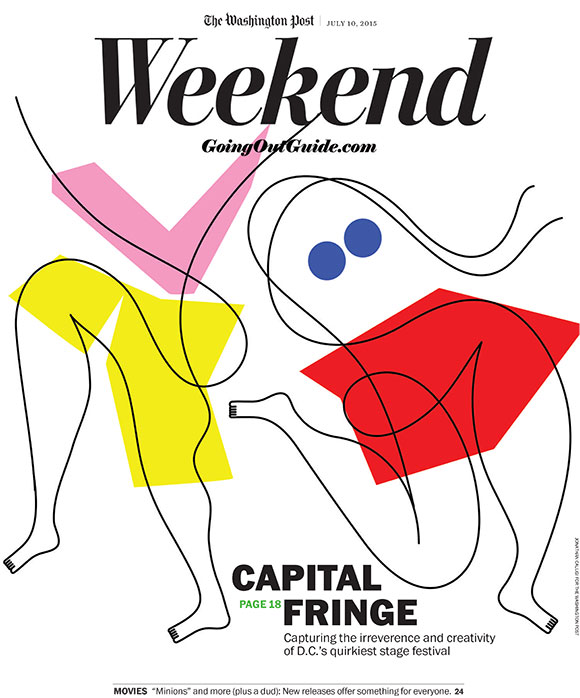
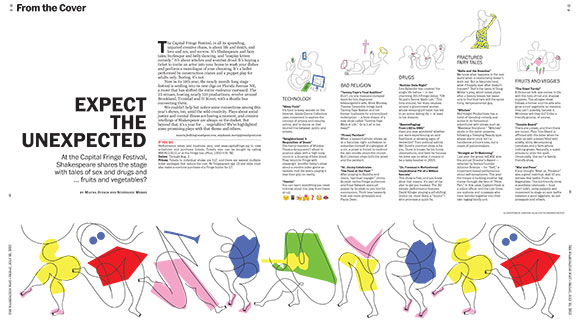
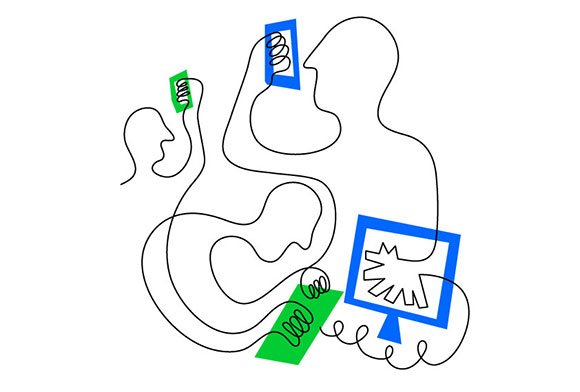
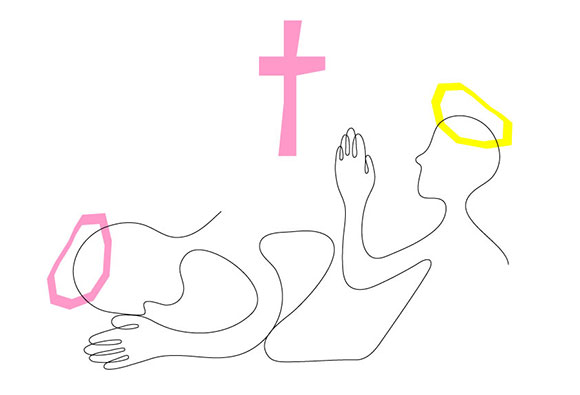
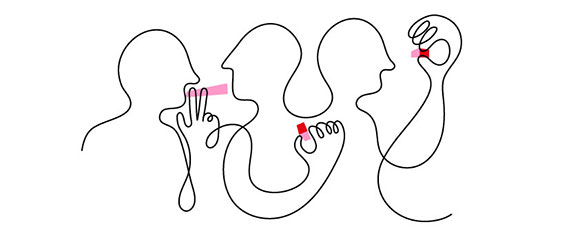
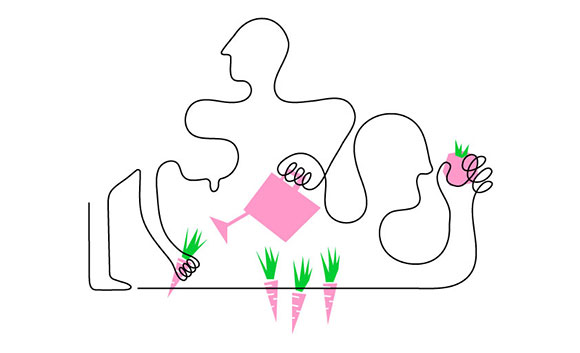
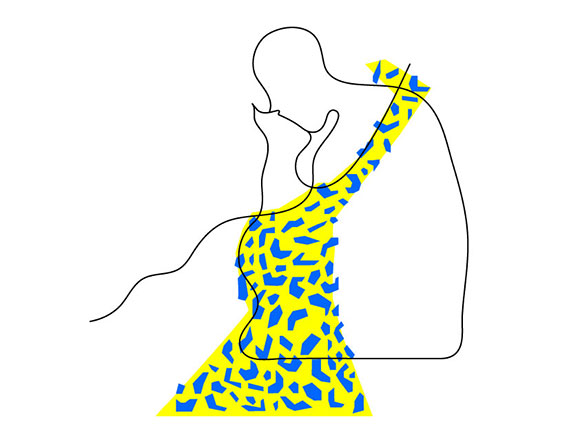
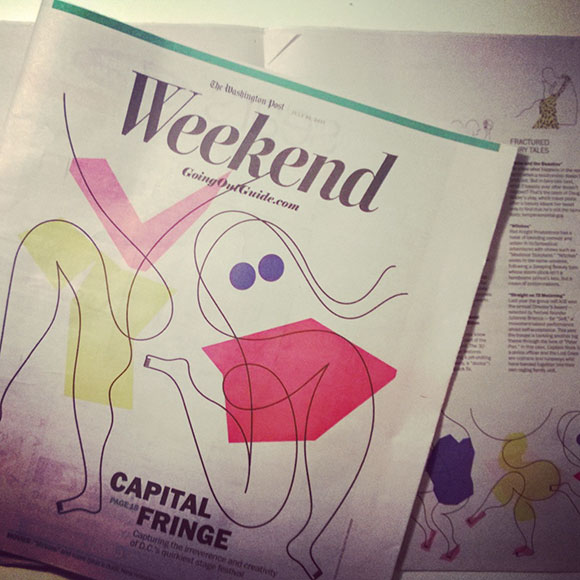
Jonathan Calugi for Washington Post’s Capital Fringe issue
When Jonathan Calugi read Dawn Cai’s mail to commission him for the Washington Post’s Fringe Festival issue, he could hardly hold his excitement: it was the first project endorsing his new and abstract, Picasso-inspired style. We all thought it was a pretty daring move, especially as the very style was deemed not figurative or commercial enough in the past but were absolutely sure that, if the client didn’t have a last-minute change of heart, the outcome was going to be outstanding. We embarked then on an exceptionally smooth production and few weeks later the result was gracing the pages of the Post’s supplement. We caught up with Dawn to go behind the scenes of the project from a her prospective.
You asked Jonathan to create the artworks using one of the most recent and abstract style — it was a very bold move; what was so intriguing about it and why did you think it was fitting for the issue?
I think it’s a combination of the story and personal background. The story is about Fringe Festival, an innovative, quirky, adventurous and creative contemporary art festival in Washington, DC. It is very conceptual and abstract in itself; it honestly took me a while to research and take a grasp on what this contemporary art festival really is about. The audience who are interested in this type of art is very bold, adventurous; in fact, the mission of the Fringe is to engage and challenge the audience with experimental performances. Therefore, I feel in our visual presentation, we should provide something different to challenge and engage our readers as well. The abstract and weird nature of the event gave me a free-range in terms of creativity. It made me very excited, as someone coming from an art history background, particularly with interest in modern and contemporary art. I’ve always been intrigued abut the crossover between art and design, where is the line if there is one and how can the two merge. I feel this is a perfect opportunity to integrate the two. I thought I wanted something different, something artsy, abstract, experimental and raw. The first idea is lines, because of the literal meaning of “fringe” as well as it’s a cutting-edge art event, then from lines I thought of Jonathan’s line works which I’ve been admiring for a long time. Then I went and checked his work and saw his latest works fit exactly what I want: something different, artsy, abstract, experimental, raw but at the same time full of energy. It just seems very fitful and kind of break the boundary between illustration and art. And I’m very glad I got to bring something different and all the editors and everyone involved in the project all embraced this direction.
How did you came across Jonathan’s work?
Honestly I don’t even remember how I came across his work in the first place. Maybe it’s from Behance, a very long time ago. One of my favorite things to do when I’m bored is just to scroll the Internet to look at best design works out there. Maybe it was from PUF! Identity project? I remember I was very struck by his use of color and blown away by how he masters the usage of lines. And also his website is called Happy Lovers Town, I thought, he must be an awesome person. I’m a very happy person who is kind of obsessed/intrigued with love and the idea of love, so that got me more interested in Jonathan and see how he plays out the ideas of happiness and love in his work. I love how his work is really fun, spontaneous and striking at the same time.
Any particular anecdote about the project that you would like to share with us?
I am new to DC and didn’t know much about the Fringe prior to this, and the first thing I learned about this festival is one of my coworkers describing one of the performances as this artist would come to your house, do your dishes, and do a monologue for you. So I was like “o..k.. This is gonna be fun, haha.” Another thing is that after we chose the direction and got the first sketches, it’s always interesting to get reaction from people who hasn’t seen this kind of work before. One of the editors remarked it reminded her of Matisse when I showed the sketches, some people read into it very literally trying to figure out what they are doing, a lot of people pointed out it seemed like there were sexual references in there somehow, and some people said it was very primitive. But then all in al they are not real people they are more like ideas of people and gestures. So I love these conceptual interpretations that happened.
See more of Jonathan’s work here